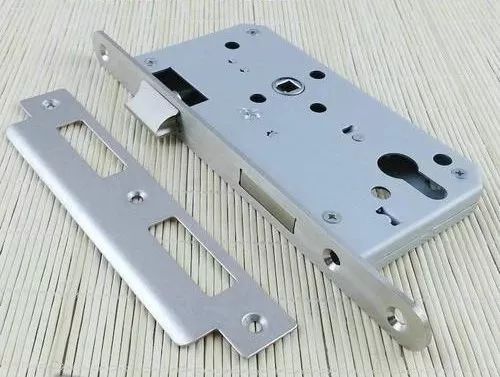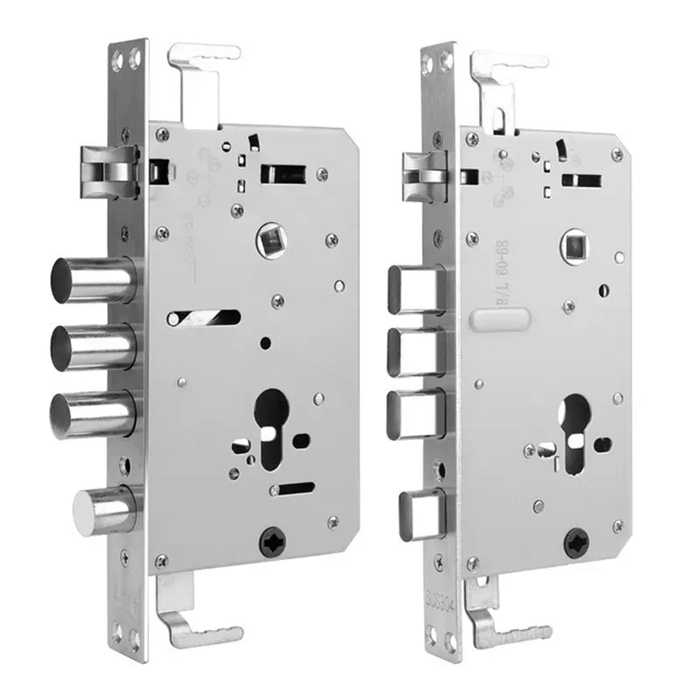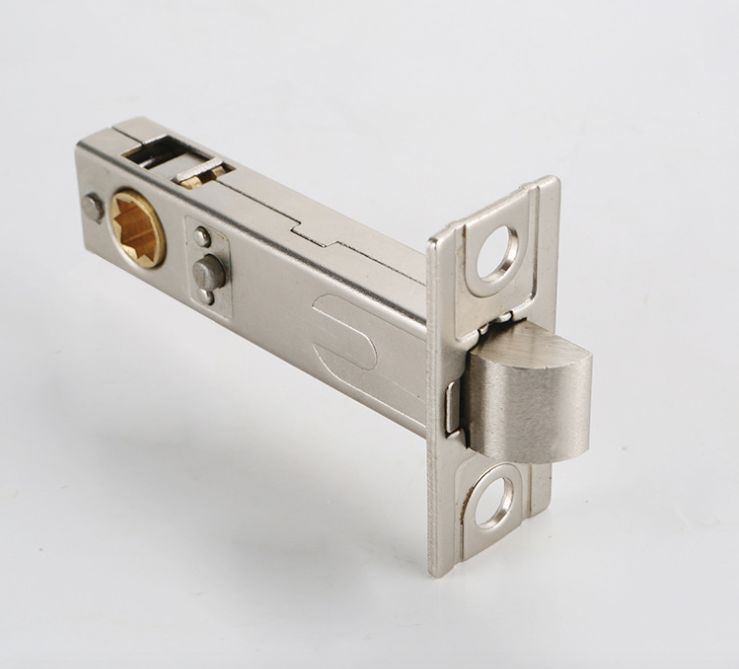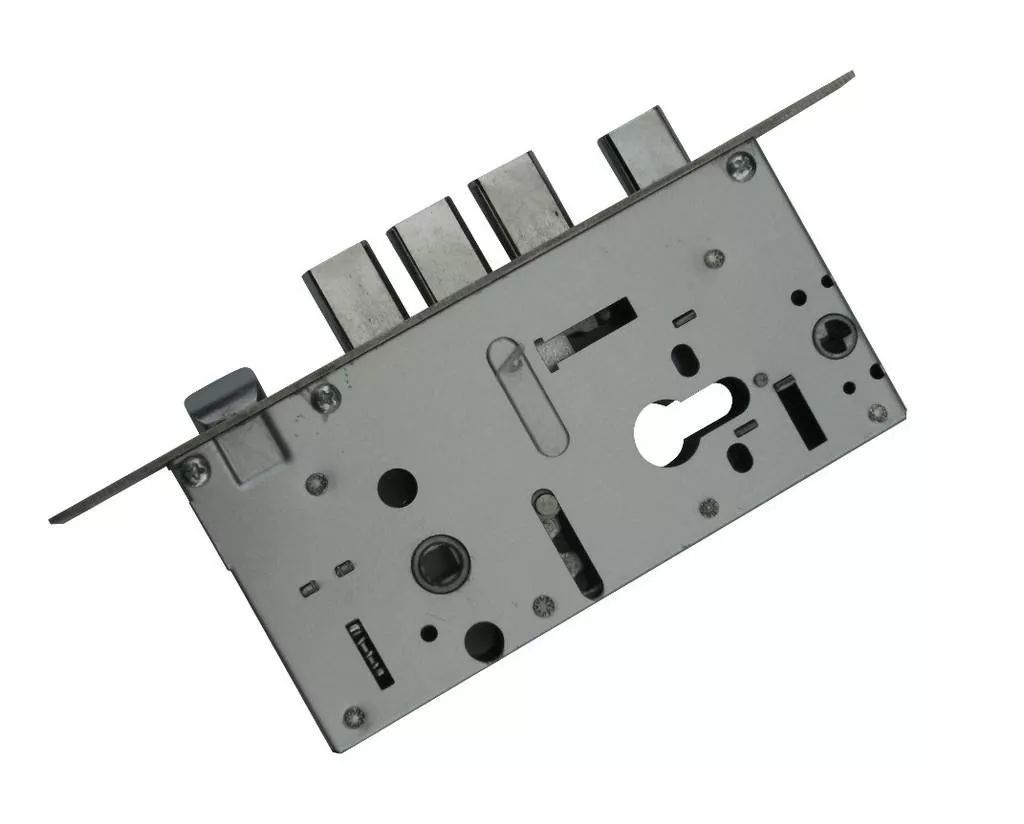The door latch, seemingly insignificant on smart locks, harbors substantial importance, significantly impacting the lock’s performance.
Acting as the primary component responsible for locking, the door latch serves as the ultimate executor within the entire door locking system. While components like recognition modules, lock bodies, and lock cores are busy, their aim is to ensure that the door latch functions seamlessly, opening when required and closing securely. Therefore, having a comprehensive understanding of latch types and selecting the appropriate one is imperative.
- Latch Length
According to the national mandatory standard GB 21556-2008 “General Technical Conditions for Locks,” the latch length for Grade A locks must be greater than or equal to 20 millimeters. This requirement is relatively easy to meet, as producing a latch of two centimeters in length poses no significant challenge in manufacturing.
- Latch Material
As a crucial load-bearing component, the latch demands robust material. According to the national mandatory standard GB 21556-2008 “General Technical Conditions for Locks,” Grade A locks require a axial static load capacity of more than 3000 N and a lateral static load capacity of more than 6000 N for the latch. Thus, it’s evident that the strength of the latch in Grade A locks meeting national standards is quite high.
Common latch materials include zinc alloy and stainless steel. Zinc alloy boasts advantages like ease of processing, molding, and mature surface treatment techniques, while stainless steel excels in high strength, impact resistance, corrosion resistance, and heat resistance. Considering the high strength requirements for latches, reputable brands often opt for stainless steel.
- Latch Shape
Various latch shapes exist in the market, including square latches, diagonal latches, cylindrical latches, hook latches, and crab claw latches. Among them, ordinary diagonal latches, equipped with springs, are susceptible to being pushed back with a simple card, posing significant security concerns. Relying solely on diagonal latches for theft prevention, especially if the owner forgets to deadlock, significantly increases the risk of burglary.
In contrast, square and cylindrical latches lack spring components and are thus resistant to being pushed back by external forces such as cards, greatly enhancing security.
Take the example of a reverse latch: in locks equipped with reverse latches, the latch cannot be depressed from one side alone. It can only be opened from both directions once the lock body is unlocked from the inside. Such designs effectively prevent lock picking using small cards.

▲Single latch tongue
▲Multi-tongue square tongue
- Number of Latches
Lock bodies may differ in the number of latches they employ, with single and multiple latches available. Compared to single latches, encountering violent attempts to force open a lock with multiple latches won’t significantly compromise its anti-theft function. Smart locks from reputable brands often feature three or more latches, offering more effective resistance against forced entry.
Though small, the door latch is a vital component of smart locks. Substandard latches can significantly impair lock performance. Choosing a smart lock equipped with high-quality latches ensures a better experience of the smart living lifestyle.
Post time: Mar-13-2024







